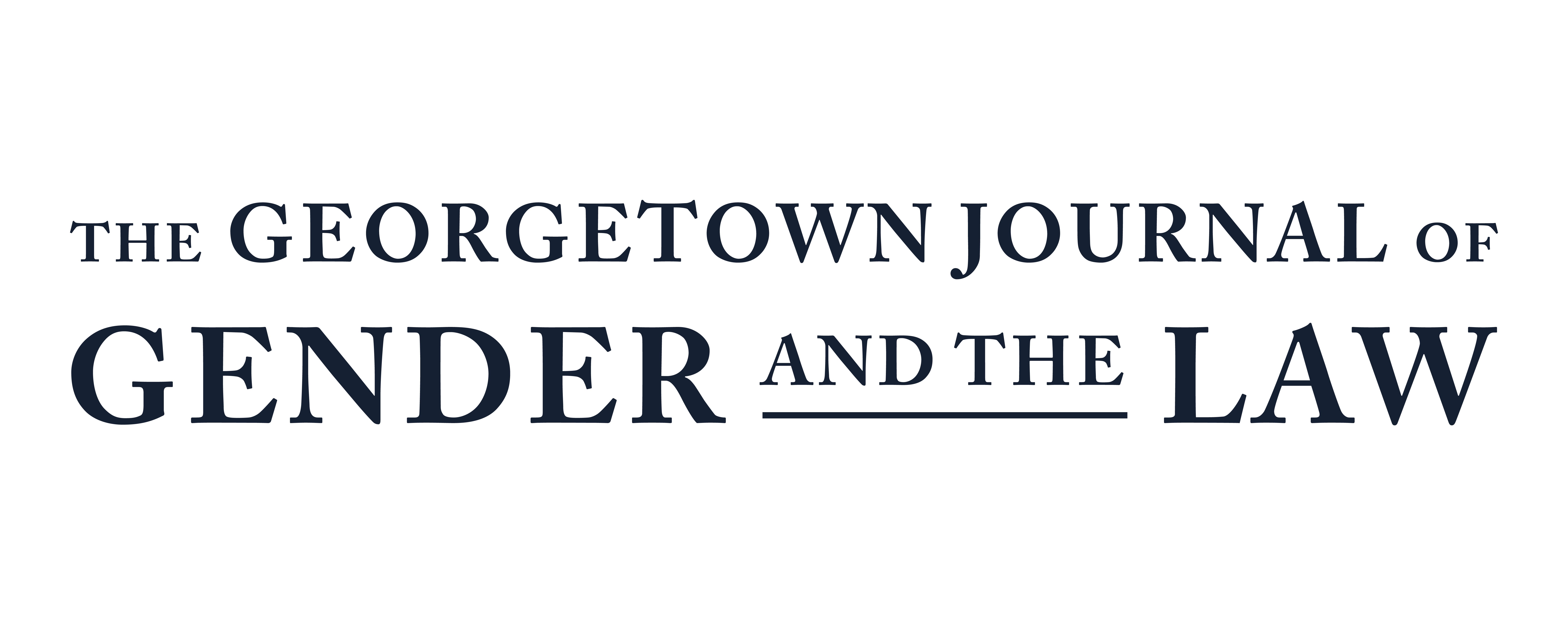Domestic Violence
Domestic violence is a problem that affects millions of people regardless of race, gender, ethnic group, socioeconomic status, sexual orientation, or age. In the United States, an estimated twenty-three percent of adult women and fourteen percent of men have experiences an act of severe physical intimate partner violence within their lifetime. The Bureau of Justice Statistics estimates that there were 955,930 incidents of violent crime perpetrated by intimate partners in 2022.
Intimate partner violence is a pattern of behavior where one intimate partner
coerces, dominates, or isolates another intimate partner to maintain power and
control over the partner and the relationship. Compared with intimate partner violence, domestic violence includes not only violence between spouses or partners, but also includes siblings, parents, and other relatives in a domestic situation. Although domestic violence usually includes violent physical attacks, it may also include psychological, economic, and sexual abuse, as well as attempts to isolate the abused partner. The effects of domestic violence extend far beyond the relationship itself. Throughout this Article, “domestic violence” will be used interchangeably with “intimate partner violence.”
Although domestic violence predominantly involves men victimizing women, it can take other forms: women also perpetrate violence against men, and gay and lesbian relationships can be similarly characterized by abusive patterns. In 2017, the National Coalition of Anti-Violence Programs (“NCAVP”) documented sixteen LGBT intimate partner violence homicides; however, “it is likely that these numbers only represent a portion of the actual number of intimate partner violence related homicides of LGBTQ people.” In 2017, NCAVP programs received 2,144 reports of LGBT intimate partner violence.
Part II of this Article will examine domestic violence law at both the federal and state level. On the federal level, it will discuss (1) the federal Violence Against Women Act (“VAWA”) and its efforts to extend protection to immigrant women, LGBT individuals, and Native American women; (2) the Lautenberg Amendment, which prohibits people convicted of domestic violence from possessing a gun; and (3) Title IX provision, which imposes requirements on colleges in handling sexual assault and sexual harassment claims. Part II will also discuss state criminal and civil domestic violence statutes. Part III will discuss both concerns with and development of domestic violence law. This includes discussion of gender and cultural biases that survivors still face in court as of 2023, despite movements like #MeToo increasing public awareness of domestic and intimate partner violence. Part III concludes with a discussion of threats that survivors face in a digital age, including harassment by GPS and phone messages, developments which are leading some legislatures to implement laws against cyberstalking and nonconsensual pornography.
Keep Reading Domestic Violence.

